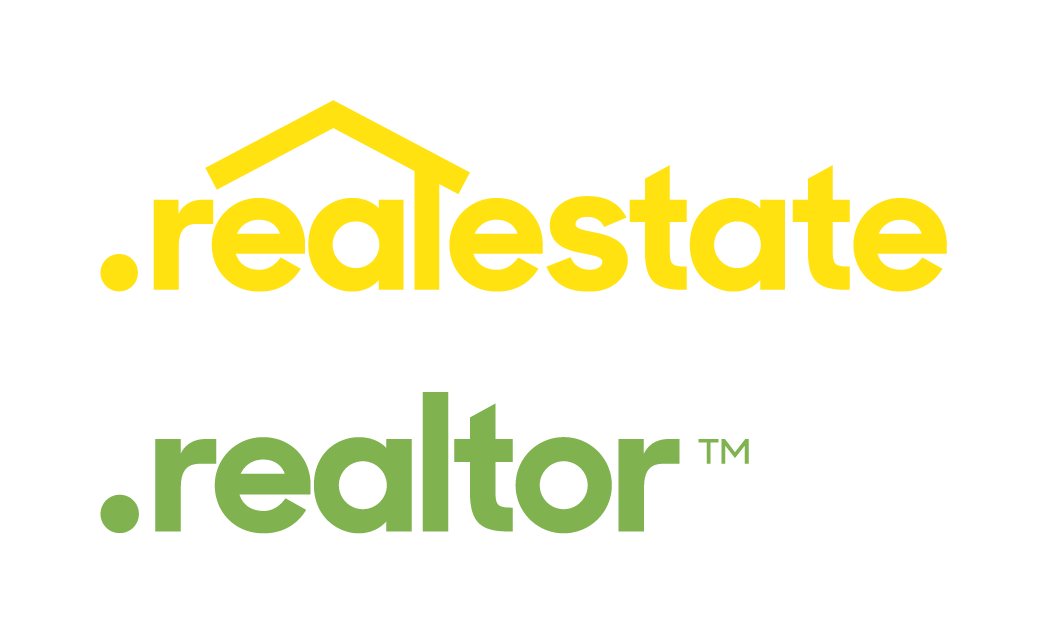4: "The Price is Right" : 10 Tips to Price Your Home Perfectly
The Price is Right” -- 10 Tips to Price Your Home Perfectly
10 Tips for Pricing Your Home Right from the Start
Selling your home can feel overwhelming and emotional. There are so many decisions to make, and each one can impact how much you walk away with after the sale. The uncertainty alone can be stressful!
One of the most important decisions you’ll make? Pricing your home correctly from the very beginning.
Here’s a truth that every seller should know: Every day your home sits on the market, it essentially loses value.
I can’t stress this enough. Pricing your home too high can scare buyers away, while pricing it too low can leave them wondering if something is wrong. The goal is to strike the perfect balance—attracting serious buyers who are ready to make strong offers.
Even in a low-inventory market, where buyers are eager to snatch up new listings, setting the right price is key. So how do you do it? Here are 10 expert tips to help you price your home just right.
1. Look at Recent Comparables (Comps)
Comps are homes similar to yours that have recently sold. But it’s not just about looking at prices—you need to interpret the data correctly to set the right price for your home.
2. Know What Counts as a Comparable
A true comp should be similar in size, location, and condition to your home. If a home is completely renovated and yours isn’t, it’s not a fair comparison.
3. Focus on Sold Homes, Not Active Listings
Homes currently on the market don’t tell the full story. What matters most is what homes have actually sold for, since that reflects what buyers are willing to pay.
4. Consider the Final Sales Price, Not Just the List Price
Did the home sell for more or less than asking? Were closing costs covered by the seller? These details can make a big difference when pricing your home.
5. Identify Key Differences
Even among comps, no two homes are identical. Consider factors like:
- View: A home with a mountain view may sell for more than one facing a busy street.
- Lot Size & Yard: A larger, well-landscaped yard can add value.
- Upgrades & Condition: A fully remodeled home will command a higher price than one needing updates.
6. Use the Most Recent Data
Markets shift fast! Appraisers typically look at sales from the past six months, so focus on the most recent sales for the most accurate pricing.
7. Don’t Rely on Past Purchase Price
What you paid for your home years ago—or what you could have gotten in a different market—isn’t relevant today. Focus on current market conditions.
8. Be Realistic About Upgrades
Not every home improvement guarantees a return on investment. While some upgrades add value, others are purely personal preferences. The key is understanding what today’s buyers value most.
9. Consider Market Conditions
If inventory is low and demand is high, you might price slightly higher. However, pricing too aggressively can still backfire—buyers set the market price, not sellers.
10. Avoid Listing During Holiday Weekends
Holidays, especially at the end of the year, tend to be slower for real estate. Avoid launching your listing on a major holiday weekend when buyers may be distracted. Instead, aim for the weekends before major holidays for the best exposure.
The Bottom Line: Pricing is Both an Art & a Science
Online home value estimators often get it wrong because they can’t account for the unique features and updates your home has. That’s why it’s crucial to work with a local expert who understands buyer trends, seasonal pricing shifts, and how to market your home effectively.
I see homes every day with buyers, and I know how price points influence their decisions. I use that knowledge to position your home strategically in the market, ensuring you attract the right buyers and maximize your return.
Want to know what your home could sell for? Let’s chat! I’ll walk through your home, give you a personalized pricing strategy, and share my marketing plan to get you top dollar.
Click here to contact me!





